This pen and ink drawing, Chart of Hobcaw Barony, was illustrated by Rockwell Kent, who was a guest at Hobcaw in 1927. Born in 1882 in Tarrytown Heights, New York, Kent was a painter, printmaker, illustrator, humorist, political activist, writer, and adventurer. He studied architecture at Columbia University, but painting was his first love.
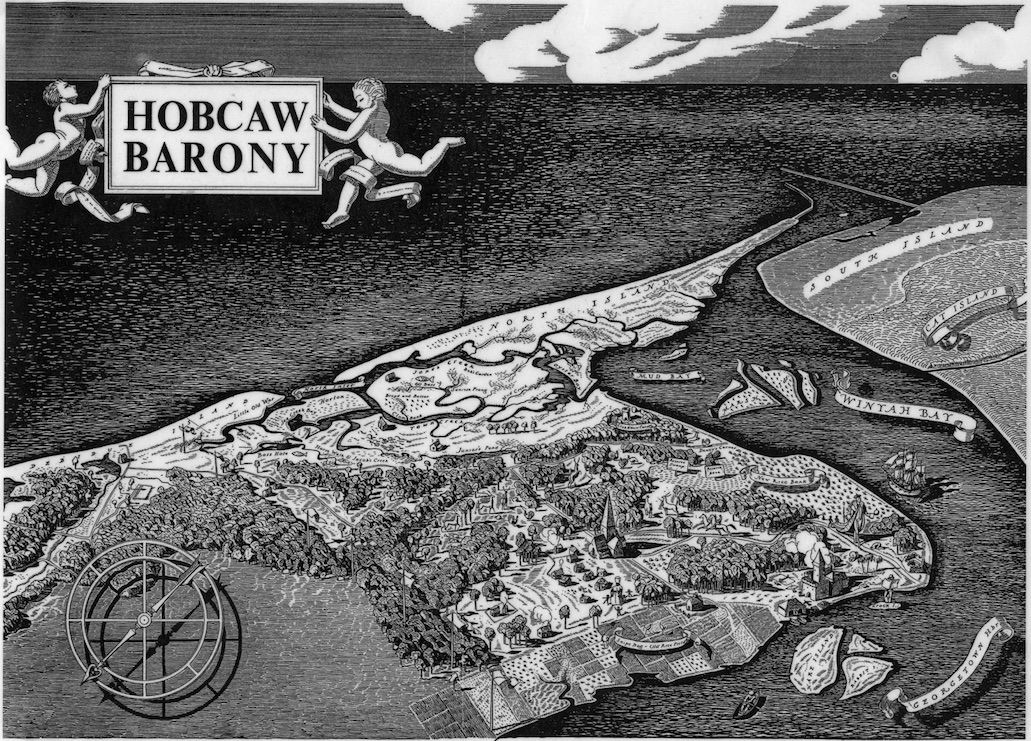
Several influential artists became his teachers, including Arthur Wesley Dow, William Merritt Chase and Robert Henri. It was Henri who suggested Kent move to Maine to paint landscapes, bringing him his first critical success. In 1907, when the Maine landscapes had their New York debut, the art critic of the New York Sun called Kent “an athlete of the brush.”
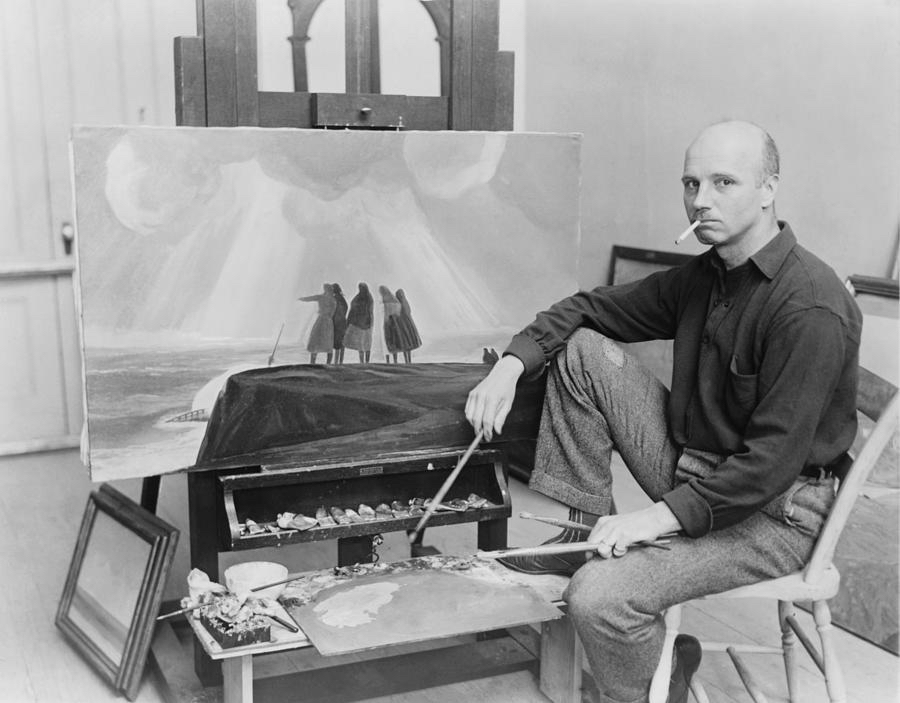
In 1930 the Lakeside Press of Chicago commissioned Kent to illustrate a three-volume limited edition of Herman Melville’s Moby Dick, which sold out immediately. The success of the Rockwell Kent illustrated edition helped to revive interest in Moby Dick, which has been recognized as a classic ever since.
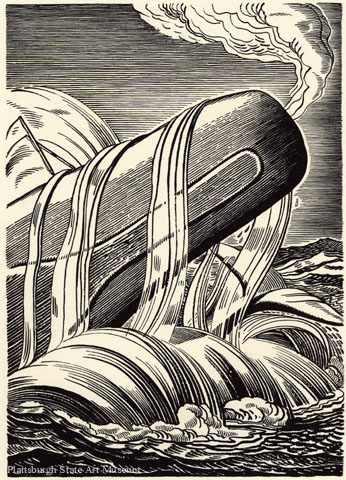
Rockwell Kent was an outspoken supporter of the Soviet Union, and his belief in the ideals of communism led to his investigation by Senator Joseph McCarthy’s House Un-American Activities Committee. Kent and his art fell out of favor in the 1950s, but his reputation has been revived, and today he is considered one of the great American artists of the twentieth century.
Besides being an actual door between the dining room and the butler’s pantry, this is a door that separated two worlds - that of the Baruchs and their guests from that of the servants. The little window in the door provides a glimpse from one world to the other. At Hobcaw House servants entered through the back and white servants had living quarters accessible via a metal staircase in the service hall, while most of the African Americans lived in Hobcaw's historically black villages.
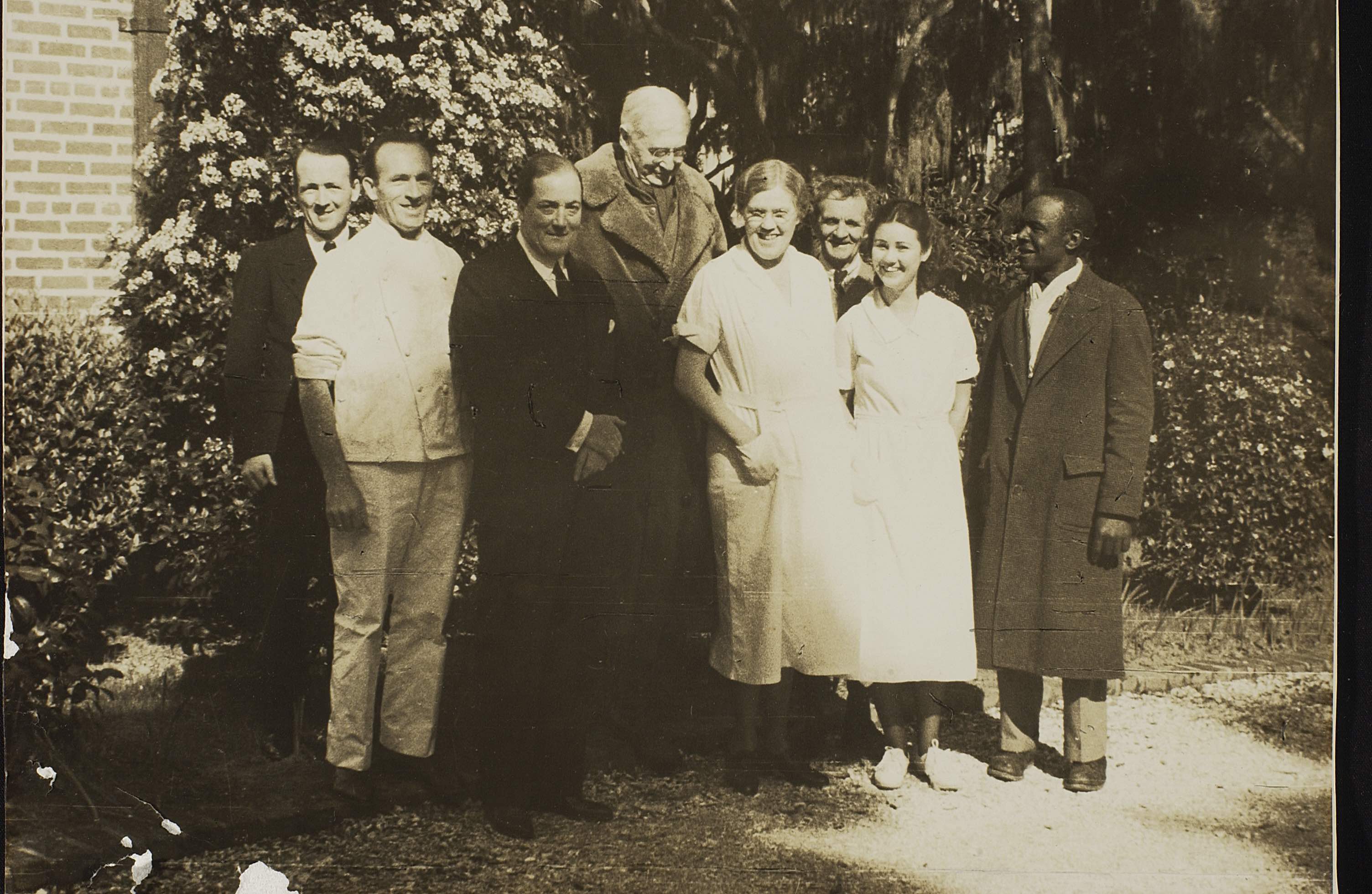
Guests of the Baruchs sometimes brought their own servants with them, and Bernard and Annie Baruch traveled to Hobcaw with their European-trained New York servants, who stayed at Hobcaw House. Pictured here they are, from left to right, Bill Kramer, gardener, chauffeur and manager of the kennels; Jimmy, the cook; Bill Lacey, valet; Lottie Graham, head housekeeper; Joseph and Colleen Remish, German butler and maid; and William Kennedy, Hobcaw staff member. Kennedy and his family lived in a house just outside the Hobcaw House gate.
During the Baruch era, the season at Hobcaw Barony ran from Thanksgiving until after Easter, when the lovely South Carolina spring would begin to give way to the scorching summer. William C. Potter, Vice President of the Guaranty Trust Company, visited in January, 1919, while Baruch was at the Paris Peace Conference, writing, “I never enjoyed more or better hospitality or such good sport. Notwithstanding our host’s absence in France.”
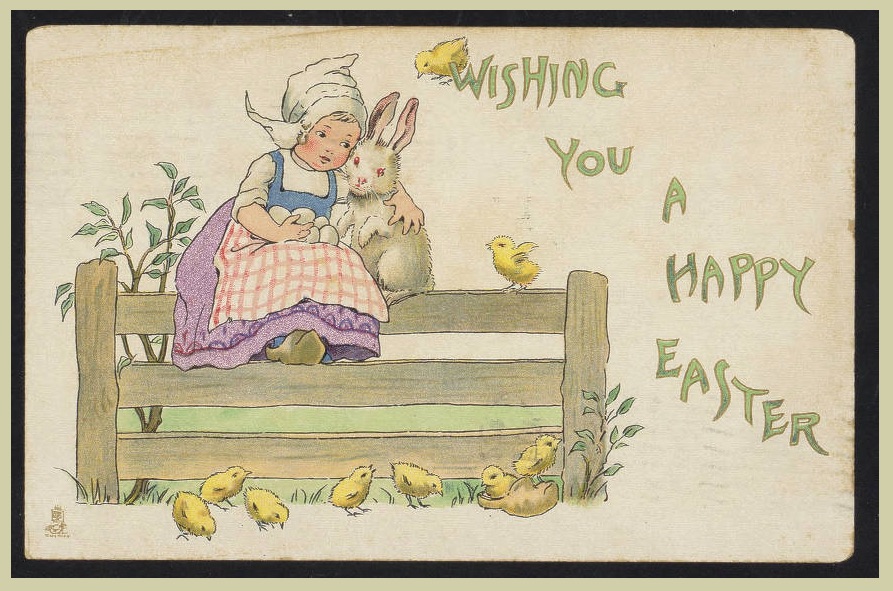
Of all the Baruch children, the oldest, Belle, was most enchanted by Hobcaw. A tomboy and nature lover, she considered it, “The only real place on earth." While visiting at Easter, 1913, she sent this postcard to her sister Renee - all the way from Georgetown.
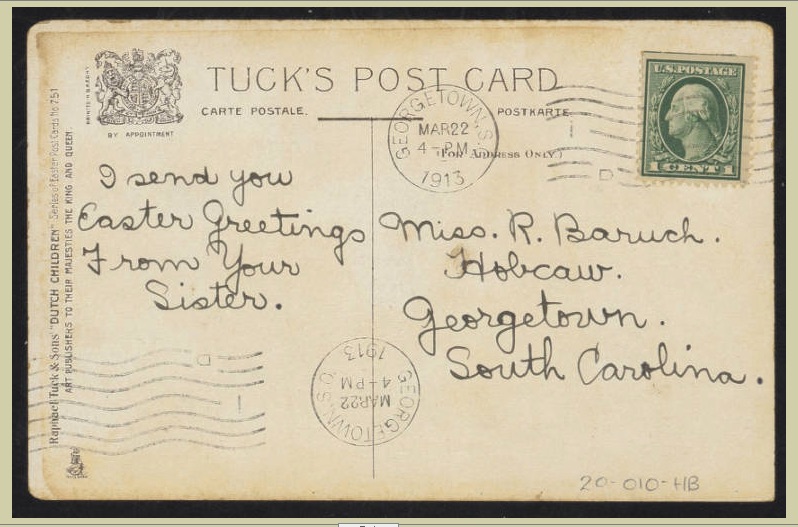
The Baruchs celebrated the Christian holidays despite Bernard’s Jewish heritage. Christmas was the height of the season at Hobcaw, and the Baruch family spent many Christmases there, often with numerous distinguished houseguests.
Richard I. Manning, the Governor of South Carolina, visited during Christmas, 1916 and wrote in the Sportsmen’s Log, “A charming experience of rest, recreation, and sport with total hospitality." Pulitzer Prize-winning journalist Herbert Bayard Swope, a visitor during the Christmas of 1919, noted in the log, “A wonderful 7 days. Weather sunny and warm, about 70 degrees.” Christmas at Hobcaw Barony was a coveted treat.
Born on November 29, 1905 in New York City, Renee Wilcox Baruch was Annie and Bernard’s youngest child, brought up, like her siblings, by French and German nannies. Lois Massey, longtime Baruch employee, remembered Renee as quiet and reserved, a good pianist and a bookworm. Renee Baruch attended Barnard College and in 1935 married Robert Samstag, a stockbroker and a Princeton graduate. They made their home in the comfortable Westchester suburb of Pound Ridge, New York.
Although she and her sister, Belle, were very different, they remained close until Belle’s death in 1964. Renee Baruch Samstag died in 1994. In these clips from the Baruch home movies she can be seen on the beach at Hobcaw and at Fetteresso Castle in Scotland, which Baruch leased during the 1920s for an annual grouse and pheasant hunting trip.